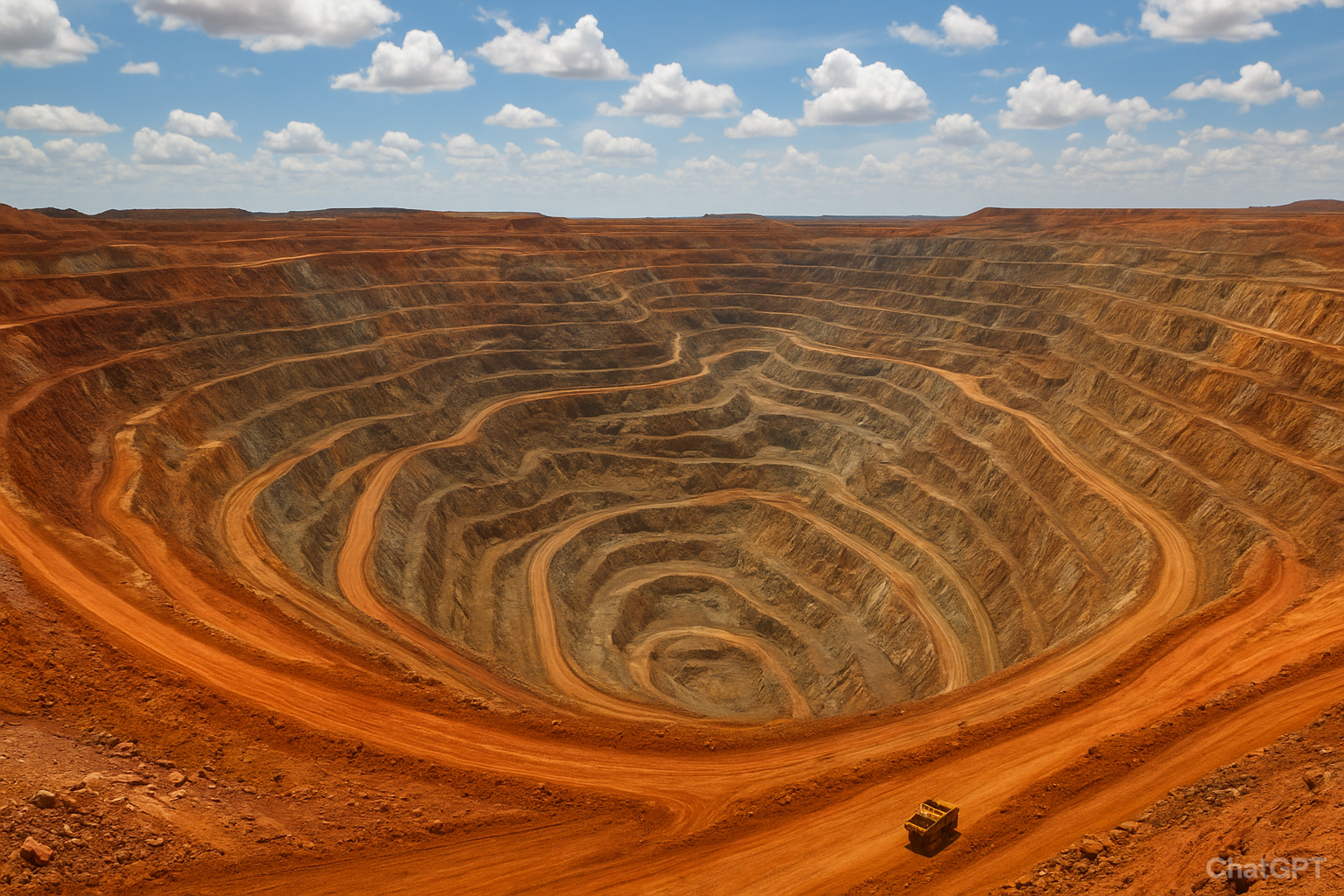Mining in Michigan has played a significant role in shaping the state’s economy and history, particularly in the Upper Peninsula where copper and iron ore deposits fueled industrial growth. Although the industry has declined from its peak, the state remains a notable producer of minerals such as cement, construction sand, gravel, and iron ore.
Michigan continues to be an important mining state, producing a variety of minerals and maintaining active operations like the Eagle nickel mine, which highlights its ongoing contributions to the sector. The rich mining heritage is visible in abandoned towns and active sites, offering both economic value and cultural interest.
Today’s mining landscape balances economic opportunity with environmental concerns. The state supports various mining activities, including metallic mining and sand dune extraction, reflecting a complex relationship between preserving natural resources and fostering industry.
Overview of Mining in Michigan
Mining in Michigan has shaped its economy and landscape for over a century, focusing on metals vital to various industries. The state follows strict regulations to manage the environmental and operational aspects of mining. Its rich deposits of iron, copper, and other minerals have supported steady production and employment.
History of Mining in Michigan
Mining in Michigan began in the 1840s with iron ore extraction, marking the start of its major mineral industry. The Upper Peninsula became a hub, particularly the Marquette and Menominee Iron Ranges. Native Americans were the earliest miners, exploiting native copper deposits left by glaciers.
Copper mining surged in the 19th and early 20th centuries, driving Michigan’s significance in the national mining industry. Over time, advancements in underground mining techniques helped sustain the sector. Today, historical mines are both active sites and part of Michigan’s mining heritage.
Major Minerals and Resources
Michigan’s mining focuses primarily on iron, copper, and silver, with other minerals including salt, gypsum, limestone, and native copper. Iron ore remains a core product, especially from the Upper Peninsula’s iron ranges. Copper mining, especially in amygdaloidal basalt formations, persists due to demand for battery metals.
The state holds over 800 mines, including production and prospect mines. Nickel and copper extraction is increasingly important for electric vehicle batteries. These resources keep Michigan competitive in the nonfuel mineral production sector nationally.
Mining Regulations and Permitting
Michigan regulates its mining industry through the Geologic Resources Management Division. This body enforces rules covering ore transportation, storage, waste rock handling, and reclamation plans. Mining permits require detailed environmental safeguards and operational plans.
Regulations address mining impacts including water quality and land restoration. Companies must submit mining and reclamation plans to gain approval. This oversight ensures mining supports economic benefits while minimizing environmental risks.
Economic and Environmental Impact
Mining in Michigan directly affects the local economy, natural resources, and communities. It brings revenue and jobs while also raising concerns about environmental preservation and responsible management.
Contribution to Michigan’s Economy
Mining contributes significantly to Michigan’s economy, particularly in the Upper Peninsula, where copper and nickel deposits are found. Operations like the Eagle Mine supply critical minerals used in electric energy and other industries.
The industry supports thousands of jobs, both directly in mining and indirectly through related sectors such as transportation and equipment manufacturing. Michigan’s plan to invest $50 million in projects like the Copperwood Mine reflects the state’s intent to boost economic growth.
However, economic benefits are balanced with costs. Mining can strain public resources, and questions remain about long-term economic sustainability and the value returned on taxpayer expenditures.
Environmental Management Practices
Environmental concerns focus on soil degradation, groundwater pollution, habitat destruction, and waste management. Agencies require mining companies to conduct Environmental Impact Assessments (EIA) before approval.
Restoration fees are sometimes imposed to ensure land rehabilitation after mining ends. Some mines, like Eagle Mine, are cited for efforts to minimize environmental damage, serving as examples of improved regulation since Michigan more clearly addressed non-ferrous mineral mining after 2004.
Despite these measures, projects like the White Pine North mine near Lake Superior face opposition due to risks associated with tailings basins and potential water contamination.
Community Engagement and Workforce
Mining projects involve local communities, including tribal groups, who often voice concerns about environmental risks and cultural impacts. Over 248,000 people have signed petitions opposing controversial projects, highlighting a need for transparent communication.
Organizations such as the Economic Development Responsibility Alliance (EDRA) advocate for fair negotiations between companies and residents. Mining also provides important employment opportunities in regions with limited alternatives, contributing to workforce stability.
Balancing economic benefits with social responsibility remains a challenge, requiring ongoing collaboration between miners, regulators, and community stakeholders.
